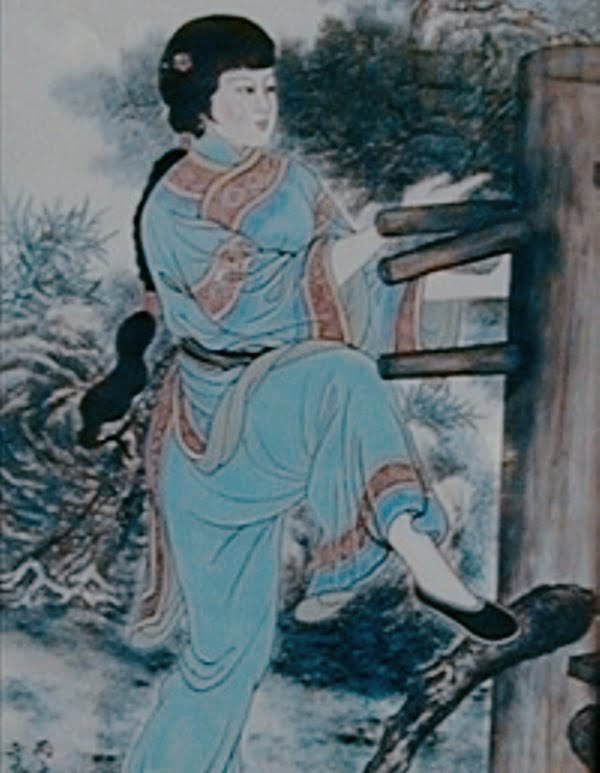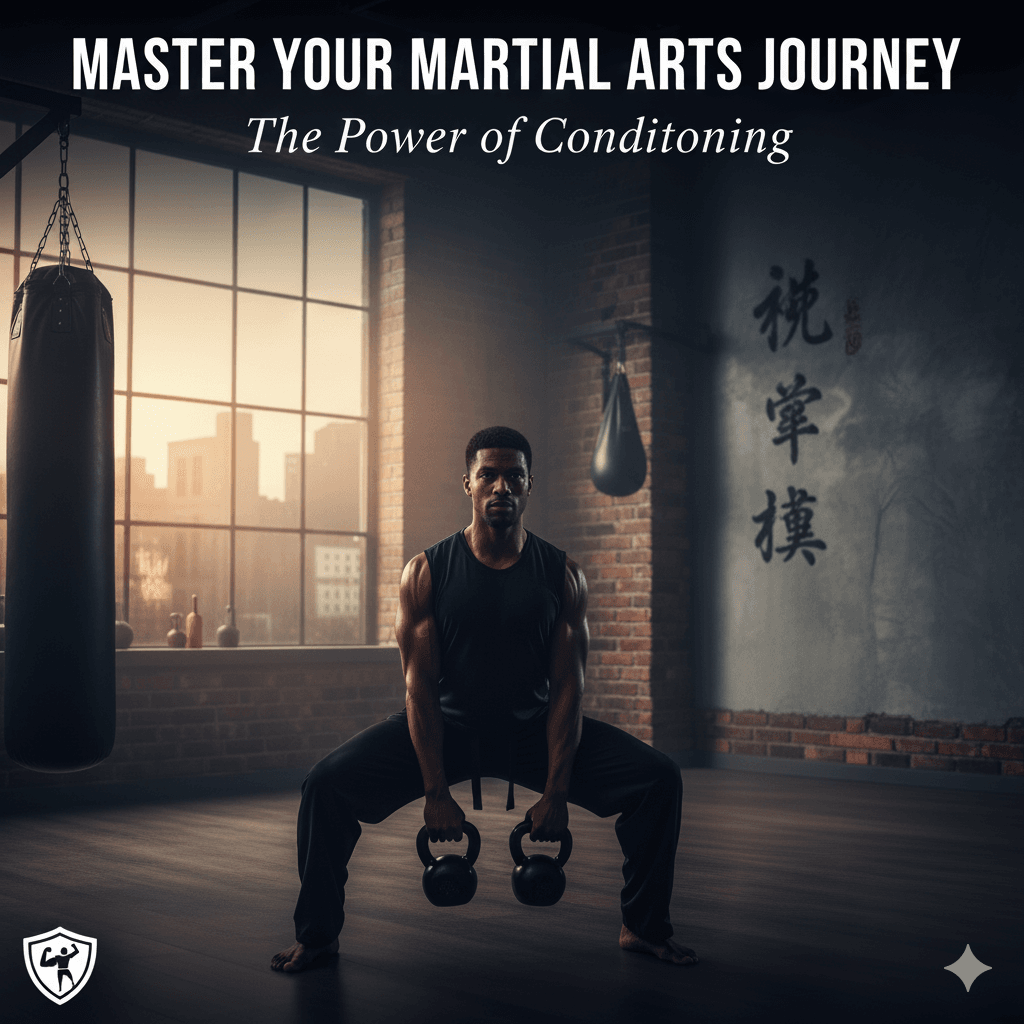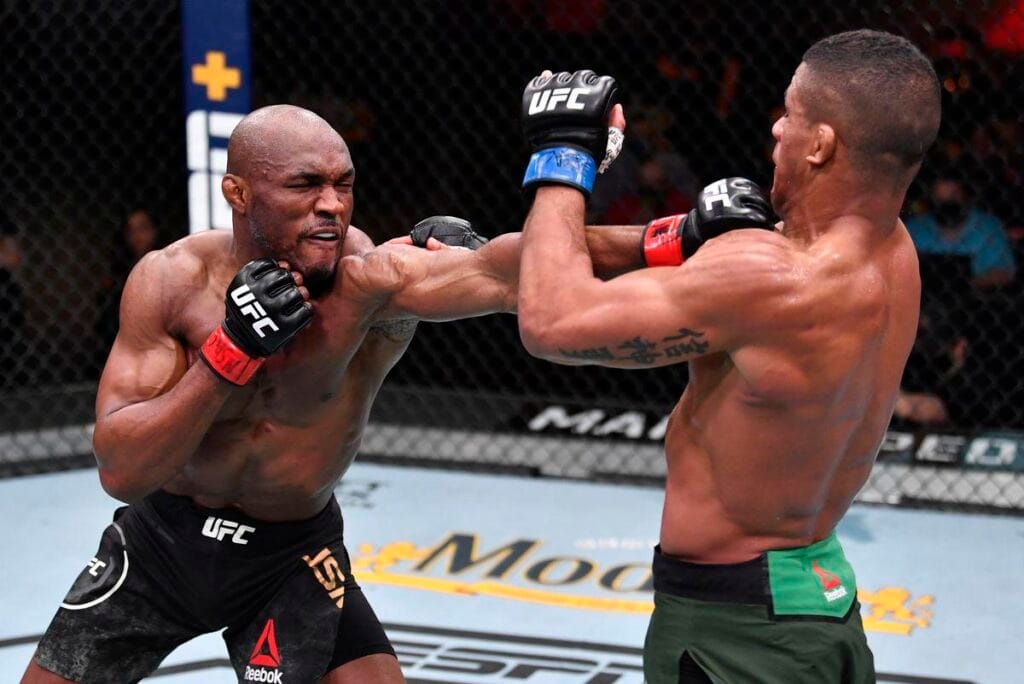The realm of martial arts has long been associated with principles of strength, discipline, and strategic prowess.
Historically dominated by men, this field has seen a significant shift in recent decades as more women have not only participated but also excelled.
The growing interest and success of women in martial arts reflect a broader societal recognition of their capabilities and contributions.
Women’s participation in martial arts has been marked by numerous milestones and achievements.
From the pioneering efforts of early female martial artists who broke barriers to contemporary champions who dominate international competitions, the evolution of women in martial arts is both impressive and inspiring.
These successes have played a crucial role in challenging and dismantling gender stereotypes, paving the way for a more inclusive and diverse martial arts community.
Key historical figures, such as Ronda Rousey in judo and UFC, and Michelle Yeoh in wushu, have not only competed at the highest levels but have also become influential icons.
Their accomplishments have inspired countless women to pursue martial arts, demonstrating that physical strength and combat skills are not gender-specific.
The achievements of these trailblazers highlight the unique strengths that women bring to martial arts, including agility, mental resilience, and strategic thinking.
The increasing visibility and success of women in martial arts have also led to greater opportunities and support.
Martial arts schools and organizations are now more inclusive, offering specialized training programs for women and promoting female role models.
This shift has not only enhanced the quality of training but also fostered a supportive environment where women can thrive.
As we delve deeper into the reasons why women excel in martial arts, it is essential to acknowledge the historical context and ongoing efforts that have shaped this dynamic landscape.
By understanding the journey of female martial artists, we can better appreciate the unique strengths and contributions they bring to this ancient and revered discipline.

Don’t forget to watch fight video at the conclusion
Physical Advantages: Flexibility and Agility
When examining the physical attributes that contribute to martial arts proficiency, women’s higher flexibility and agility stand out as significant advantages.
Flexibility, the ability of muscles and joints to move through their full range of motion, is often more pronounced in women due to physiological differences.
This enhanced flexibility allows for a broader array of techniques and movements, such as high kicks and intricate grappling maneuvers, which can be executed with greater ease and precision.
Agility, the ability to move quickly and change direction with ease, is another area where women often excel.
This attribute is crucial in martial arts, where rapid shifts in stance and position can determine the outcome of a combat scenario.
Women’s generally lighter build facilitates quicker movements, enabling them to evade attacks and counter with speed and accuracy.
In comparison, men may possess greater brute strength, but their larger muscle mass can sometimes impede the fluidity and quickness required for certain martial arts techniques.
Furthermore, the combination of flexibility and agility equips women with the capability to perform complex sequences with a level of grace and fluidity that can be advantageous in both competitive and self-defense situations.
These physical traits allow for quicker reaction times, making it easier to adapt to an opponent’s moves and exploit openings in their defense.
The ability to move fluidly and react swiftly is not only a physical advantage but also a psychological one, often catching opponents off-guard and creating opportunities for successful counterattacks.
In summary, the inherent flexibility and agility that many women possess provide them with distinctive advantages in martial arts.
These characteristics enable them to execute a wider range of techniques, move with greater fluidity, and react more swiftly to their opponents, thereby enhancing their overall effectiveness in combat scenarios.
Mental Strength and Focus
In the realm of martial arts, mental strength and focus are indispensable attributes that contribute significantly to success.
Women, in particular, often excel in these areas, showcasing exceptional levels of mental fortitude, resilience, and concentration.
These attributes are not merely anecdotal but are supported by various studies and psychological theories.
One key aspect of mental strength is resilience, which refers to the ability to recover quickly from difficulties.
Research has indicated that women generally exhibit higher resilience levels compared to men.
This trait is crucial in martial arts, where practitioners must continually overcome physical and mental challenges.
Also, adapt to new techniques, and bounce back from setbacks.
The ability to remain composed and focused during high-pressure situations, such as competitions or intense training sessions.
Allows female martial artists to perform consistently and effectively.
Another critical component of mental fortitude is the ability to maintain concentration.
Studies have shown that women often have a superior ability to sustain attention and focus on tasks for extended periods.
This heightened concentration is essential in martial arts.
A practitioners must remain vigilant and attentive to their opponents’ movements and strategies.
The capacity to stay focused and avoid distractions can be the difference between victory and defeat in both training and competition.
Furthermore, women’s ability to manage stress and remain calm under pressure is well-documented.
This composure is vital in martial arts, where the mental game is as important as the physical.

Theories in psychology suggest that women are better at using coping mechanisms to handle stress.
Enables them to stay mentally sharp and make quick, strategic decisions during bouts.
In conclusion, the mental strength and focus demonstrated by women in martial arts are significant contributors to their success.
Their resilience, concentration, and composure under pressure not only enhance their training and performance but also set them apart as formidable practitioners in the martial arts arena.
Effective Use of Technique Over Strength
Martial arts, often perceived as a domain reliant on brute strength, actually emphasizes technique, skill, and precision.
Women in martial arts frequently exemplify this notion.
Showcasing that strength alone does not dictate proficiency.
A significant number of martial arts disciplines, including Judo, Brazilian Jiu-Jitsu, and Aikido, underscore the importance of technique over physical power.
These arts encourage practitioners to leverage their opponent’s force and momentum to their advantage.
A strategy where women often excel.
One illustrative example can be found in Judo, where techniques such as the “Seoi Nage” (shoulder throw) and the “Osoto Gari” (large outer reap) require precise movement and timing rather than sheer strength.
Female judokas, through diligent practice, often master these techniques with remarkable finesse, effectively using leverage and body mechanics to overcome physically stronger opponents.
Their attention to detail and commitment to perfecting form enable them to execute throws and holds with exceptional efficiency.
Similarly, Brazilian Jiu-Jitsu (BJJ) presents numerous scenarios where technique trumps strength.
Techniques like the “Guard” position and submissions such as the “Triangle Choke” and “Armbar” are predicated on leverage, positioning, and precise application of force.
Women practitioners of BJJ demonstrate superior proficiency in these techniques, frequently outmaneuvering stronger adversaries by focusing on the technical aspects of the art.
Their ability to adapt and refine these techniques underscores the principle that martial arts prowess is rooted in skillful execution rather than raw physical power.
In Aikido, the philosophy of harmonizing with an opponent’s energy rather than opposing it directly is paramount.
Techniques such as “Ikkyō” (first control) and “Kaitennage” (rotary throw) epitomize this approach.
Female Aikidokas often excel in these techniques.
Adeptly redirecting an opponent’s force with minimal effort.
Their success in Aikido highlights how mastery of technique can effectively neutralize physical disparities.
Overall, the focus on technique in martial arts allows women to excel by emphasizing skill, precision, and strategic application of force.
Their dedication to perfecting form and attention to detail not only enhances their effectiveness but also underscores the intrinsic value of technique in martial arts disciplines.
Adaptability and learning styles are crucial elements that contribute to women’s success in martial arts.
One of the significant advantages women have is their openness to constructive criticism.
Female martial artists are often more receptive to feedback from their instructors, allowing them to make necessary adjustments more swiftly.
This openness fosters a learning environment where continuous improvement is the norm, rather than the exception.
Instructors and trainers frequently observe that women display a high level of adaptability in their training methods.
This adaptability enables them to adjust their techniques and strategies according to different scenarios, making them versatile fighters.
For instance, women martial artists are more likely to embrace various training styles.
Whether it be traditional forms or modern, mixed martial arts approaches.
This flexibility not only broadens their skill set but also prepares them for a wide range of combat situations.
Insights from experienced instructors underline that women often excel in areas requiring precision and technique over brute strength.
Their ability to focus on the intricate details of martial arts forms and sequences allows them to refine their skills efficiently.
According to Sensei Hiroshi Tanaka, a veteran karate instructor.
“Women tend to have a keen eye for detail and are more patient in perfecting their techniques.
This patience and attention to detail often translate into higher proficiency in a shorter amount of time.”
Moreover, the collaborative learning environment that women cultivate among themselves also plays a pivotal role.
Female martial artists tend to support and learn from each other, creating a collective growth mindset.
This mutual support system accelerates the learning process, as they are more inclined to share insights, tips, and experiences, enhancing the overall training experience.
Overall, women’s adaptability and unique learning styles significantly contribute to their excellence in martial arts.
Their ability to embrace feedback, adapt to various training methods, and focus on technique over strength makes them formidable practitioners.
These traits not only facilitate faster and more effective learning but also ensure sustained progress in their martial arts journey.
In the realm of martial arts, the significance of community and support networks cannot be overstated, particularly for women.
These networks play a pivotal role in fostering an environment where female martial artists can thrive and excel.
The presence of strong community ties and mentorship programs has been instrumental in empowering women.
Providing them with the resources and encouragement needed to succeed in this traditionally male-dominated field.
One of the key elements of these support networks is the sense of camaraderie and solidarity among female practitioners.
This collective unity helps to break down barriers and create an inclusive atmosphere where women feel valued and motivated.
For instance, women’s martial arts groups and clubs often serve as vital platforms for sharing experiences, techniques, and advice.
Reinforcing the idea that they are not alone in their journey.
Mentorship programs are another crucial component of these support networks.
Experienced female martial artists often take on the role of mentors, guiding and inspiring the next generation.
This mentorship can provide invaluable insights, helping to navigate challenges and set realistic goals.
Notable examples include renowned martial artists such as Ronda Rousey and Michelle Yeoh.
Who have spoken about the importance of mentorship in their careers.
Their success stories highlight how effective guidance and support can be in achieving excellence.
Furthermore, the broader martial arts community, encompassing instructors, peers, and even online forums.
Contributes significantly to the growth and achievements of female martial artists.

These platforms offer a wealth of knowledge and a space for constructive feedback, fostering continuous improvement.
The encouragement and recognition from these communities not only boost confidence but also reinforce the dedication required to excel.
Overall, the robust community and support networks available to women in martial arts are integral to their success.
By providing mentorship, fostering solidarity, and offering a wealth of resources.
These networks empower women to overcome challenges and achieve remarkable feats in the world of martial arts.
Breaking Stereotypes and Inspiring the Next Generation
Female martial artists are continuously breaking stereotypes and reshaping perceptions in a field traditionally dominated by men.
Their successes and visibility in martial arts are not just personal victories but also societal milestones that pave the way for future generations.
The impact of role models in this domain cannot be overstated.
When young women see accomplished female martial artists.
It challenges pre-established norms and opens up new possibilities, fostering an environment where gender is not a barrier to success.
Representation in media and competitions plays a crucial role in this paradigm shift.
Films, television shows, and sports coverage that prominently feature female martial artists contribute significantly to normalizing women in these roles.
It also combats the outdated notion that martial arts are solely a male domain.
The visibility of women excelling in martial arts competitions further validates their capabilities, inspiring young girls to follow in their footsteps.
Countless stories illustrate how women have overcome societal expectations to excel in martial arts and inspire others.
Consider Ronda Rousey, whose accomplishments in judo and mixed martial arts have made her a household name.
Her journey, marked by resilience and determination, serves as a powerful testament to what women can achieve in martial arts.
Similarly, Michelle Waterson, known as “The Karate Hottie,” has not only showcased incredible skill but has also become an advocate for female empowerment through martial arts.
These stories create a positive cycle of encouragement and empowerment.
As more women break into the field and achieve success.
They inspire others to do the same, continuously expanding the presence of women in martial arts.
This ongoing cycle helps dismantle stereotypes and fosters a more inclusive environment where the next generation of female martial artists can thrive without the constraints of outdated societal norms.
Conclusion: The Future of Women in Martial Arts
Throughout this blog post, we have explored the numerous reasons why women excel in martial arts.
From their unique physiological attributes to their mental fortitude and adaptability.
Women have consistently demonstrated exceptional prowess in this discipline.
Additionally, the rise of female role models and the supportive communities that have emerged around them have played a significant role in empowering women to pursue and succeed in martial arts.
Looking ahead, it is crucial to continue fostering an environment where women in martial arts receive the support, recognition, and opportunities they deserve.
This includes ensuring equal access to training facilities, resources, and competitive platforms.
By doing so, we not only promote gender equality but also enhance the sport itself by bringing diverse perspectives and talents to the forefront.
Moreover, the future of women in martial arts hinges on the collective efforts of the community.
It is imperative for readers to take an active role in supporting female martial artists.
Whether through participation in local clubs, offering mentorship to budding enthusiasts.
Or advocating for policies that promote inclusivity, every action counts.
By encouraging more women to engage in martial arts.
We contribute to a more balanced and enriched sporting landscape.
In conclusion, the strengths of women in martial arts are undeniable.
And their contributions continue to shape the future of the sport.
As we move forward, let us remain committed to providing the necessary support and opportunities for women to thrive.
Together, we can build a future where the achievements of female martial artists are celebrated and their potential fully realized.



